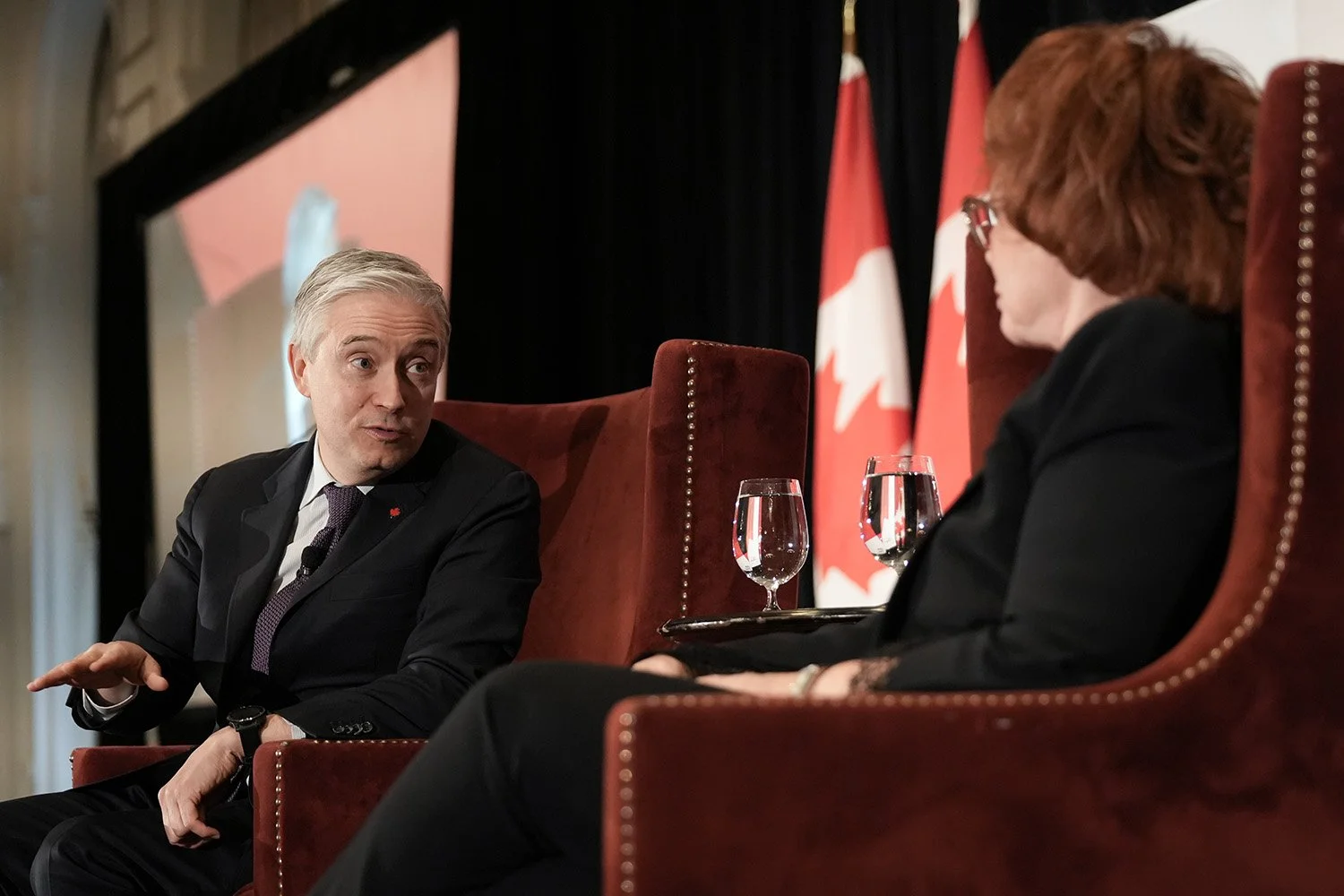Canada needs to build economic resilience: Bennett Jones report
UNSPLASH PHOTO
A new report from Bennett Jones paints a stark picture of the geopolitical and economic headwinds facing Canada, warning that “exceptional uncertainty” unleashed by the Trump administration’s erratic policy shifts has disrupted international trade, shaken financial markets and poses an “existential threat” to Canada’s economy.
Titled Building a Resilient Economy, the report analyzes the fallout from the U.S. administration’s decisions on tariffs, trade policy and fiscal strategy, offering both a sobering diagnosis and an ambitious roadmap for Canadian policymakers.
“Questions about the strategy and end game of the President for the rules that govern international trade and investment are forcing governments, businesses and investors worldwide to reassess their own strategies and relationships,” the report states.
Despite numerous walk-backs, the effective U.S. import tariff rate has surged to over 15% — its highest since 1934 — triggering widespread economic dislocation. Though a recent court ruling deemed many of these tariffs invalid, the decision has been stayed pending appeal, keeping uncertainty alive.
The “tough on China” stance was anticipated, but what has rattled global stakeholders is President Trump’s willingness to question even “the foundational terms of relationships with the strongest U.S. allies.”
The fallout is particularly acute for Canada. Tariffs on steel, aluminum and auto parts are “inflicting damage on key industries and regions,” the report warns. Prime Minister Mark Carney has conceded that “the old relationship between Canada and the United States based on steadily increasing integration is over.”
Yet, as the report underscores, “there is no economic and national security for Canada without a constructive partnership with the United States.”
A new economic reality
Bennett Jones outlines a baseline economic scenario under which trade deals are concluded by the end of 2025. Even under this best-case scenario, real GDP growth in the U.S. is projected to drop to 1.1% in 2025 before gradually recovering. Inflation is expected to peak at 3.5% before cooling, while interest rates ease marginally as the Federal Reserve cuts rates.
Canada, however, is expected to experience a “technical recession” in mid-2025. Growth could fall from 2.3% in 2024 to just 0.3% in 2025 before improving in subsequent years. Risks remain skewed to the downside: “Growth in Canada will be lower, and a recession more severe,” the report cautions, if trade tensions escalate or if no agreements are reached.
Carney’s strategy for resilience includes expanding ties with Asia and Europe, and deepening domestic integration. “There is wide agreement that a place to start is free trade in Canada,” the report says, highlighting progress on mutual recognition of standards and labour mobility between provinces.
Still, the report stresses that diversification should complement, not replace, the U.S. relationship: “Our goal should be less to divert trade from the United States than to grow our other markets faster.”
To ensure long-term prosperity, the report calls for large-scale investment across five domains: trade corridors, energy and critical minerals, defence and security, housing and innovation.
First ministers are developing a list of national-interest infrastructure projects in collaboration with Indigenous communities. “The immediate task is to move from concepts of trade corridors to actual projects led by committed proponents.”
On energy, the report stresses the importance of leveraging Canada’s resource wealth while cutting emissions. “Public and private investment to power a clean economy also requires clarity of environmental and economic regulation.”
Fiscal discipline needed
Amid growing global debt pressures — public debt now exceeds US$100 trillion — the report warns that Canada must maintain fiscal prudence to safeguard its creditworthiness and economic independence.
“Governments must consider carefully the sustainability of public finances. If there is not strict fiscal discipline, debt dynamics can quickly become unfavourable.”
Bennett Jones estimates that to reduce the federal debt-to-GDP ratio over time, Ottawa would need to cut between $30 billion to $45 billion in non-defence program spending annually, about 15–20% of the current level.
While Ottawa has pledged to cap public service growth and increase efficiency through technology and AI, the report warns this will not be enough. “A review of federal programs to eliminate those that are not mission critical or effective would allow ministers and a streamlined public service to focus on core federal responsibilities.”
'Canada must remain open to private investment'
Perhaps the most crucial message is that Canada must remain open to private investment while maintaining its sovereignty. “The Prime Minister has stated unequivocally that Canada is not for sale. However, Canada is open for business,” the report says.
In a rapidly changing world, Bennett Jones calls for consistency, discipline, and a renewed national focus: “This is a significant undertaking, yet one much less drastic than the fiscal adjustment of the mid-1990s.”
With strategic resolve and cooperative leadership, the report argues, Canada can “build a resilient economy and secure its place in a more uncertain global order.”






